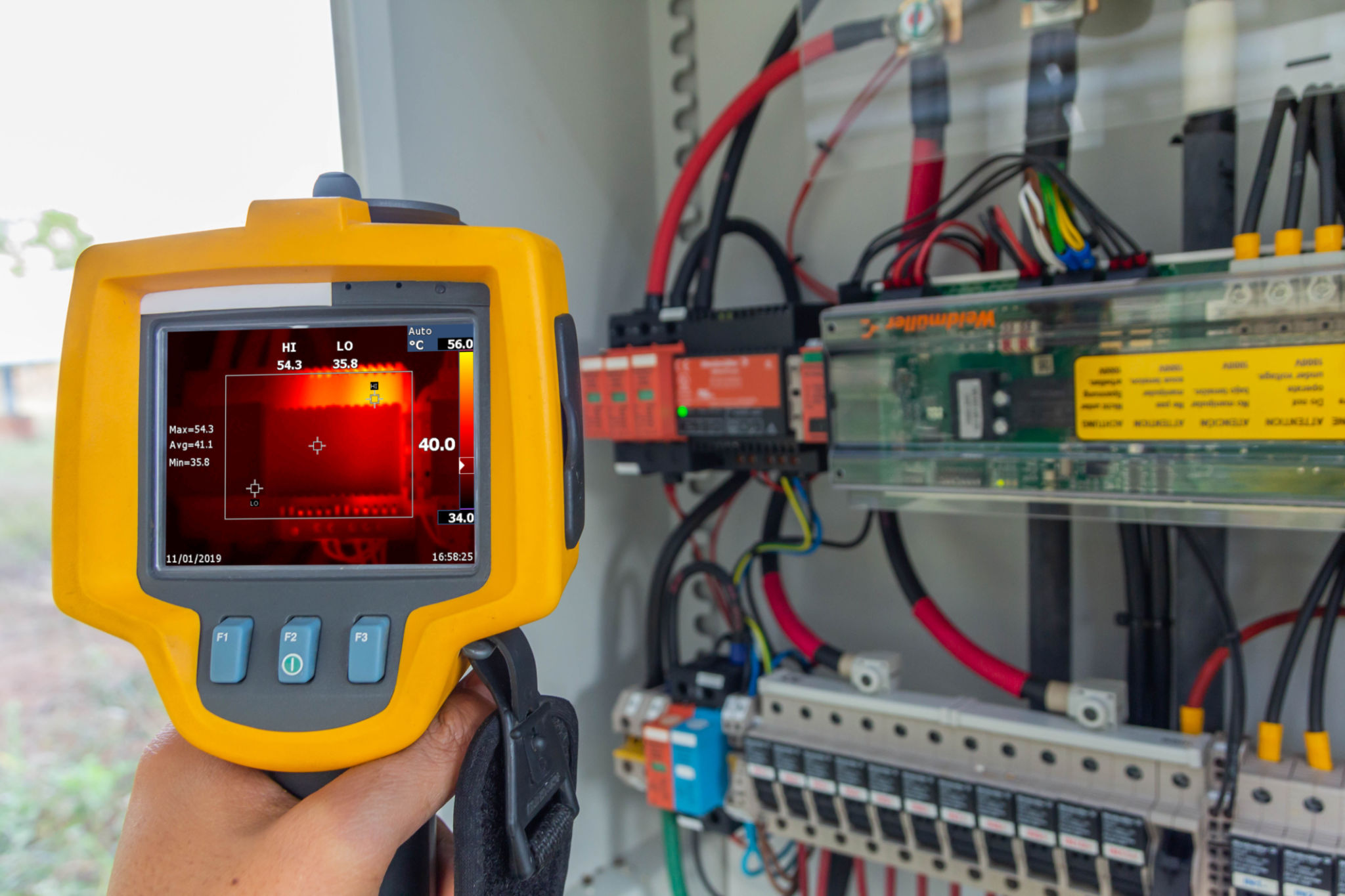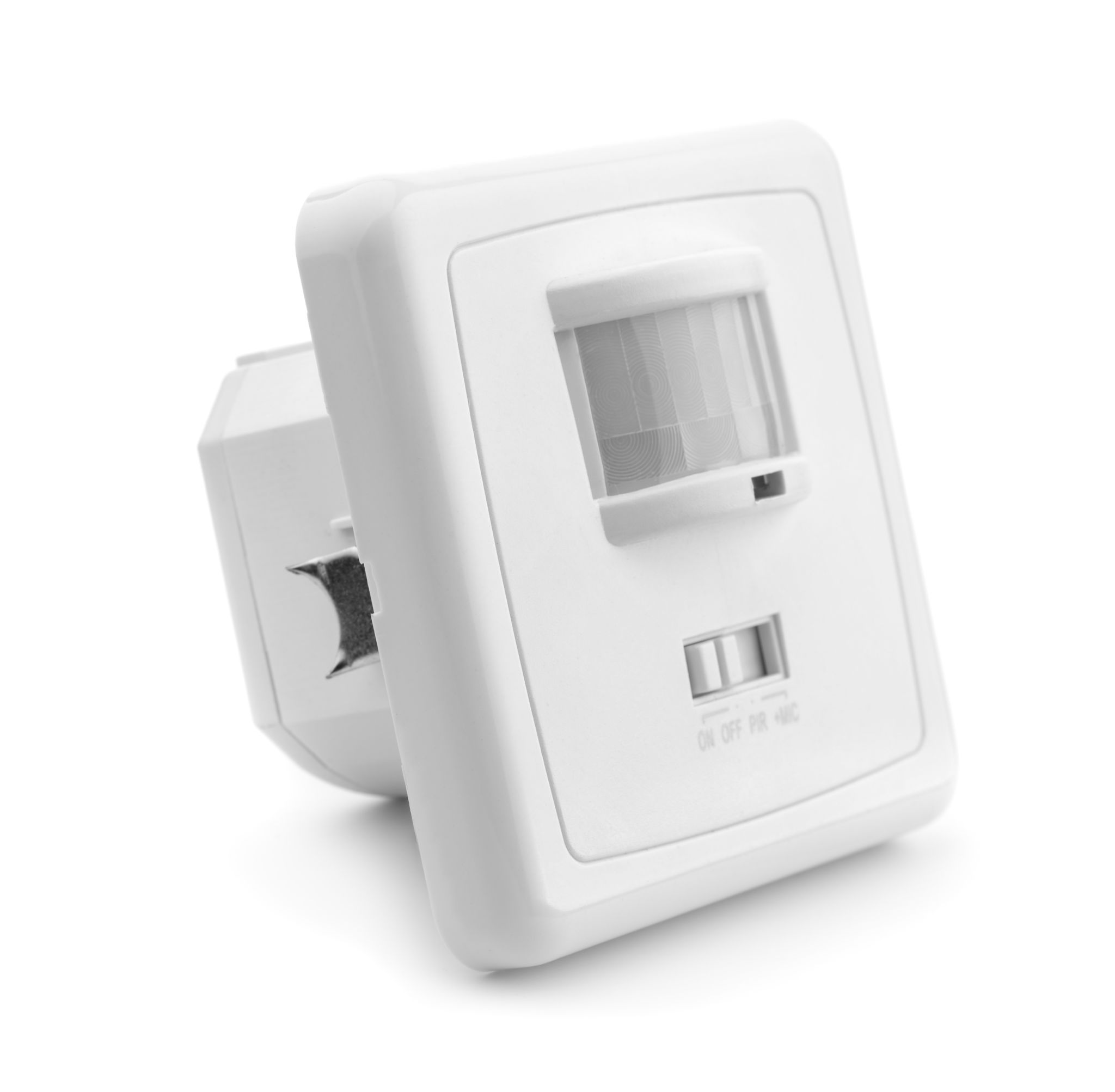Thermal and Acoustic PD Detection: Choosing the Right Technology for Your Needs
Understanding Partial Discharge (PD) Detection
Partial Discharge (PD) is an electrical phenomenon that occurs within electrical equipment, potentially leading to insulation failure. Detecting PD is crucial for preventing unexpected equipment failures and ensuring the reliability of electrical systems. There are various technologies available for PD detection, with thermal and acoustic methods being among the most popular.
Thermal PD detection involves identifying heat emissions caused by PD activity. This method is widely used due to its non-invasive nature and the ability to detect issues before they escalate. On the other hand, acoustic PD detection focuses on capturing sound waves generated by PD events, offering another layer of diagnostic capability.

Thermal Detection: How It Works
Thermal PD detection utilizes infrared cameras or sensors to monitor temperature variations within electrical equipment. Since PD activity generates heat, these variations can indicate potential problems. This method is effective in identifying hot spots that might not be visible through standard visual inspections.
One of the primary benefits of thermal PD detection is its ability to conduct inspections without disrupting operations. Companies can perform regular checks while equipment is running, thus avoiding costly downtime. Additionally, thermal imaging provides a visual representation of temperature changes, making it easier for technicians to pinpoint issues.

Advantages of Thermal Detection
- Non-invasive: Inspections can be performed without halting operations.
- Visual documentation: Infrared images offer a clear view of temperature anomalies.
- Early warning: Heat mapping allows for early detection of potential failures.
Exploring Acoustic Detection
Acoustic PD detection captures sound waves emitted by discharge events. This method employs specialized sensors or microphones that detect high-frequency noises not audible to the human ear. By analyzing these sound waves, technicians can identify and locate PD activity within equipment.
The acoustic method is particularly useful in complex electrical environments where thermal detection might not provide a complete picture. It allows for targeted inspections and can be used in combination with other techniques for comprehensive analysis.

Benefits of Acoustic Detection
- Non-contact method: Like thermal detection, this method doesn't require physical contact with equipment.
- Precision: Capable of pinpointing the exact location of PD activity.
- Complementary: Can be used alongside other methods for a holistic approach.
Selecting the Right Technology for Your Needs
Choosing between thermal and acoustic PD detection depends on various factors, including the type of equipment, operating environment, and specific diagnostic requirements. For instance, thermal detection may be more suitable for environments where visual documentation is crucial, while acoustic detection might be preferred in settings with complex electrical layouts.
It is essential to assess the unique needs of your operation and consider how each technology aligns with those requirements. In some cases, integrating both methods might provide the most comprehensive solution for monitoring and maintaining electrical systems effectively.

Ultimately, investing in the right PD detection technology can lead to significant cost savings by preventing equipment failures and extending the life of electrical assets. By understanding the strengths and limitations of each method, you can make an informed decision that enhances the reliability and safety of your electrical systems.